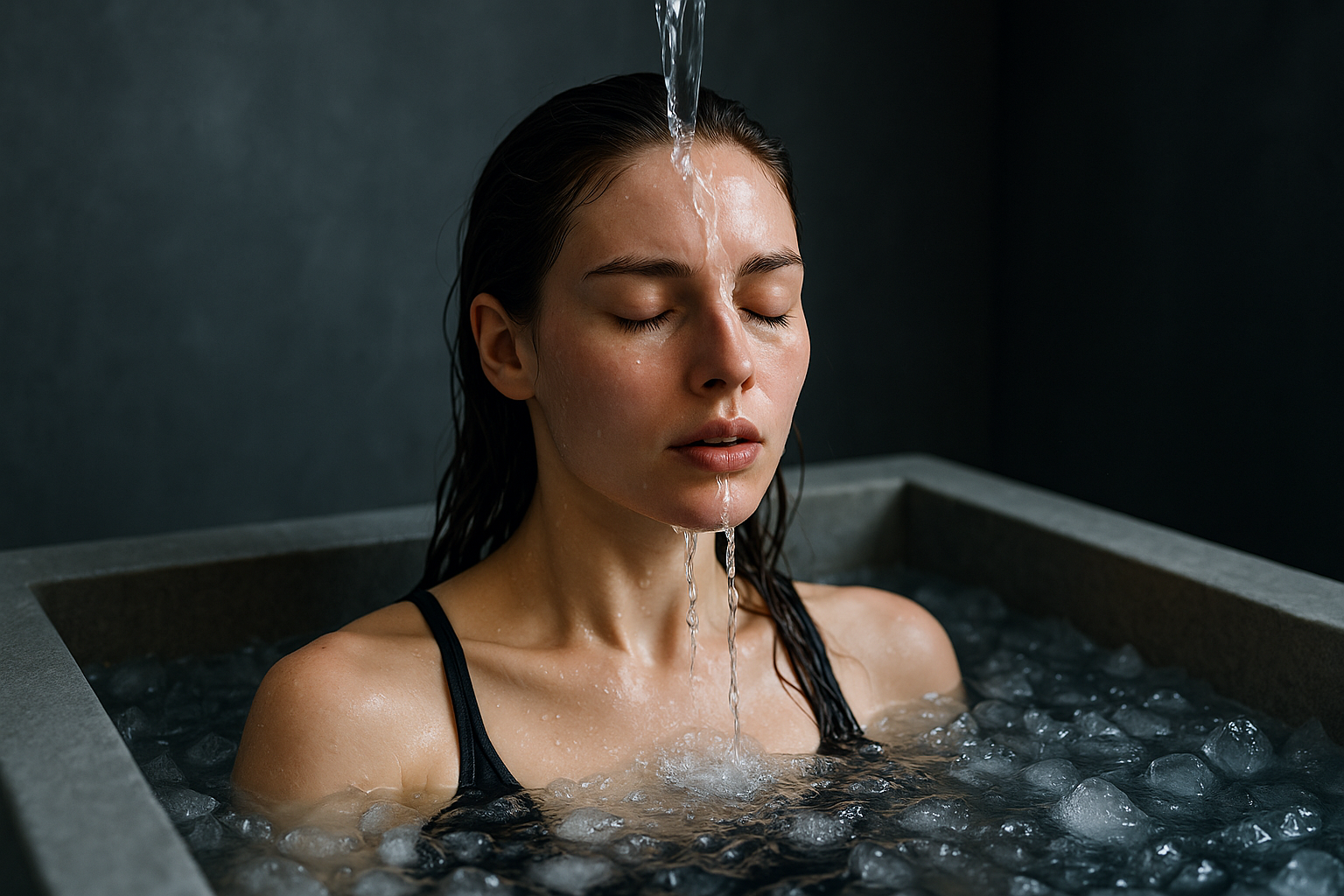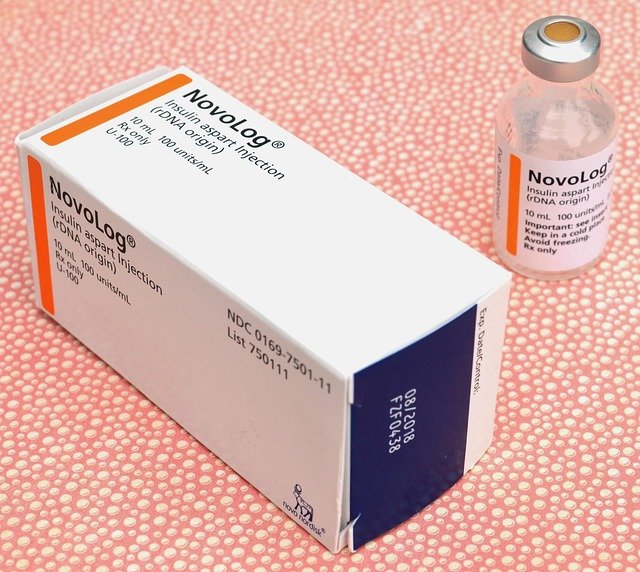Unfolding the Potential of Cold Water Therapy in Beauty and Fitness
Cold water therapy, or hydrotherapy, although not a new concept, has been gaining traction in the spheres of beauty and fitness. Originating from the ancient Greek, Roman, and Japanese traditions of water bathing, it has evolved and adapted into our modern wellness routines. This article delves into the historical context, contemporary trends, as well as the benefits and industry impact of cold water therapy.

The Dive into History
The practice of cold water therapy can be traced back to the civilizations of ancient Greece, known as ‘hydrotherapy’. Renowned Greek physicians like Hippocrates propagated the therapeutic use of water. The Romans, too, adopted this practice and established public bathhouses where hot and cold plunge pools were a common sight. Similarly, the Japanese tradition of ‘Misogi’ involved standing under cold waterfalls to purify and rejuvenate the body and soul. These historical practices laid the foundation for the incorporation of cold water therapy into modern beauty and fitness regimes.
Current Industry Trends
Today, the wellness industry has seen a surge in the popularity of cold water therapy, especially among fitness enthusiasts and beauty gurus. This trend is echoed by the growing demand for home spas featuring cold plunge pools, and even the rise of “ice clubs” where members gather for communal ice baths. As per the Global Wellness Institute, the wellness industry was valued at $4.5 trillion in 2018, with hydrothermal experiences contributing significantly to this growth.
Cold Water Therapy: Benefits and Market Relevance
Cold water therapy offers a myriad of benefits that extend far beyond the realm of beauty and fitness. It is scientifically proven to enhance mood, increase alertness, improve skin and hair health, boost immunity, aid in muscle recovery, and even promote better sleep.
In the beauty industry, cold water therapy is lauded for its potential to tighten skin, reduce puffiness, and enhance complexion. Cold showers or ice-cold face washes can constrict blood vessels, thereby reducing redness and swelling.
In the fitness industry, athletes have long been using ice baths to aid muscle recovery post intense workouts. Cold water therapy aids in reducing inflammation and speeding up recovery time, allowing athletes to maintain consistent and effective training schedules.
Industry Impact of Cold Water Therapy
The widespread benefits of cold water therapy have led to its increasing incorporation in various products and services across the beauty and fitness industry. Cryotherapy chambers, cold plunge pools, ice rollers for skincare, and cold water hair rinses are just a few examples of how this trend is being capitalized on.
Moreover, the rising consumer awareness and demand for natural, non-invasive beauty and fitness solutions have further propelled the popularity of cold water therapy. It signifies a shift in the industry towards more holistic and sustainable practices.
Wrapping Up: The Cold Truth
While the buzz around cold water therapy in beauty and fitness continues to grow, it’s important to remember that it is not a one-size-fits-all solution. What works for one individual may not work for another. It’s always advisable to consult with a medical or skincare professional before incorporating new practices into your routine.
Despite this, the potential benefits of cold water therapy are undeniable, and it’s exciting to see how this ancient practice will continue to shape the future of the wellness industry. With its rich history, proven benefits, and growing market relevance, cold water therapy certainly stands out as a promising trend in the realm of beauty and fitness.




